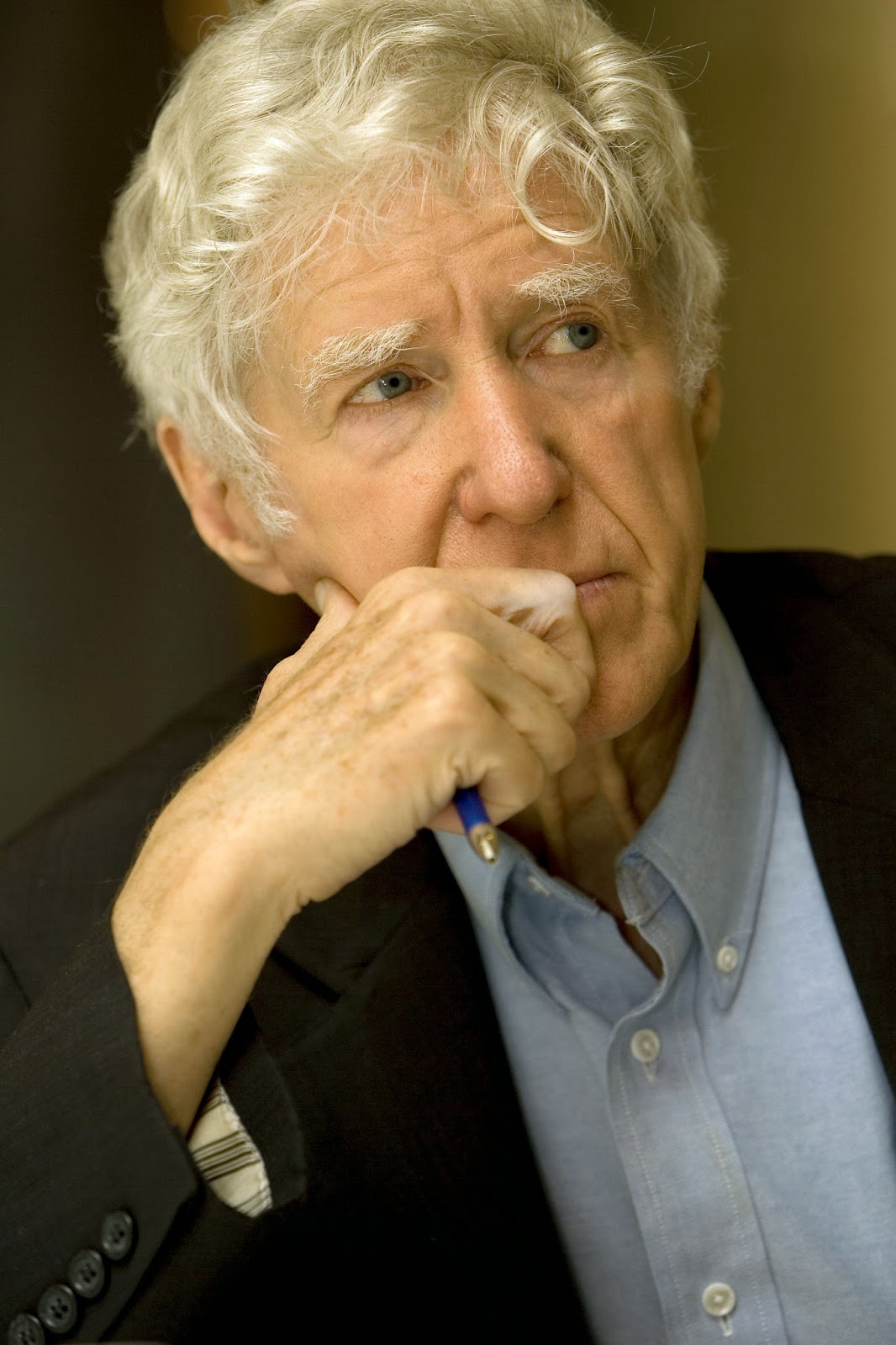THE
GREAT TRANSITION FROM FOSSIL FUELS TO SOLAR AND WIND
The
worldwide transition from fossil fuels to renewable sources of energy is under
way. The
Evolving Energy Transition: In
the United States, the energy transition can be seen in the hundreds of
utility-scale power plants under development or construction in the Southwest. Iowa
and South Dakota are each generating at least 26 percent of their electricity
from wind farms. The share in Iowa could reach half by 2018.
Texas,
which now gets 10 percent of its electricity from wind, is building huge wind
farms and the long-distance transmission lines that will enable it to sell low-cost
wind-generated power in Louisiana and Mississippi. In
2013, Denmark got 34 percent of its electricity from the wind. Portugal and
Spain each got over 20 percent, and Ireland got 17 percent of its electricity
from wind power. Indeed, on some days wind power supplied half of Ireland’s
electricity. During
several days in August 2014, electricity generated from wind in the United
Kingdom eclipsed that from coal. In South Australia, wind farms now supply more
electricity than coal plants.
In
China, electricity from wind farms has eclipsed that from nuclear power plants.
And water for 170 million Chinese households is heated by rooftop solar water
heaters.
Falling
Costs: The
costs of both solar- and wind-generated electricity are falling fast,
undercutting fossil fuels in more and more electricity markets. A July 2014
study by the government of Denmark projects that new wind farms coming online
there in 2016 will supply electricity at half the cost of that from coal and
natural gas plants.
Falling
costs for solar and wind energy are opening the door for massive investments in
Africa. Bloomberg New Energy Finance reported that there would be more
renewable energy installations in Africa in 2014 than during the preceding 14
years.
Drivers
of the Transition: Several
concerns are driving the great transition from fossil fuels to renewables. One
of these is concern about climate change and its effect on our future. Another
is the health impact of breathing air polluted by burning fossil fuels, as seen
in the three million people who die each year from illnesses related to outdoor
air pollution. A third is the desire for local control over energy production
and overall energy security.
Winners and Losers: In this
transition, homeowners are the big winners because they can use their rooftops
to generate their own electricity. From a business vantage point, the companies
that manufacture and install solar panels are expanding rapidly. And similarly
for wind turbines. Annual growth rates in wind and solar installations will
likely range from 10 to 20 percent in the years ahead as the energy transition
brings unprecedented investment and employment opportunities. In the broadest
sense, though, everyone who breathes cleaner air and benefits from a more
stable climate regime will come out on top as the energy transition proceeds.
A New Worldview:
Our relationship with the natural world will change from one where we are in conflict with nature to one where we are again in sync with it. Instead of seeing ourselves apart from nature, we will see ourselves as an integral part of the natural system. Smokestacks that dirty the air and alter the climate will be replaced by solar panels residing on our rooftops and fields of wind turbines turning gracefully in the wind.
Lester R. Brown is author of The Great Transition: Shifting from Fossil
Fuels to Solar and Wind Energy with Janet Larsen, J. Matthew Roney, and
Emily E. Adams (W.W. Norton & Co., NY: 2015).


No comments:
Post a Comment
Note: Only a member of this blog may post a comment.